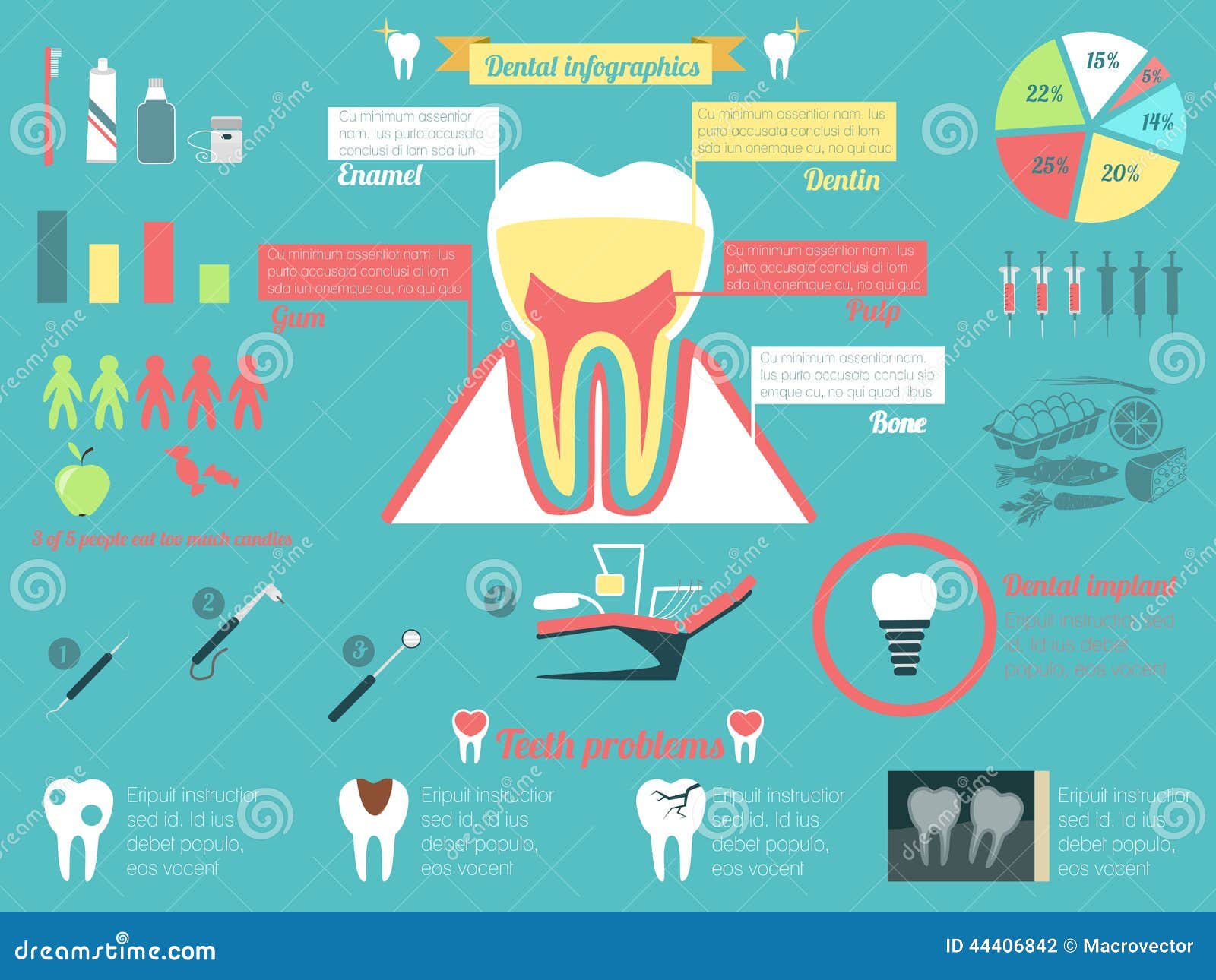If you feel an unexpected jolt of pain or notice a tooth injury, it can be upsetting. But just how do Discover More Here determine if it's an oral emergency situation that needs instant attention? Recognizing the important indicators and recognizing when to look for aid can make all the difference in maintaining your oral wellness. Understanding when to act quickly might suggest the difference between a quick fix and more extensive therapy.
Common Types of Dental Injury
What're the typical kinds of dental trauma that you should know?
Crashes can happen, leading to different types of dental injuries. One typical kind of oral trauma is a fractured tooth. This can take place from attacking down on something difficult or experiencing a blow to the face.
One more kind is a damaged tooth, where a part of the tooth can chip off. Furthermore, you may experience a knocked-out tooth, which can take place throughout sporting activities or falls. It's critical to handle the tooth meticulously and look for immediate oral interest.
Oral injury can additionally include a tooth that has actually been pushed out of position or loosened up due to an injury. This sort of injury requires prompt therapy to save the tooth.
Lastly, soft cells injuries in the mouth, such as cuts, can also take place from mishaps. Finding out about these typical types of oral injury can help you act swiftly and appropriately in case of an emergency situation.
Indicators of Oral Emergencies
Acknowledging the signs of oral emergency situations is essential for prompt activity and appropriate therapy. If you experience serious tooth discomfort that's constant and throbbing, it can show a hidden concern that requires instant attention.
Swelling in the gum tissues, face, or jaw can likewise be a sign of an oral emergency, particularly if it's accompanied by discomfort or high temperature. Any type of trauma to the mouth resulting in a split, broken, or knocked-out tooth must be dealt with as an emergency to stop additional damages and potential infection.
Hemorrhaging from the mouth that does not quit after applying pressure for a couple of mins is an additional warning that you must seek emergency dental care. Furthermore, if you see any kind of indications of infection such as pus, a foul preference in your mouth, or a fever, it's necessary to see a dentist asap.
Overlooking these indications can result in more severe problems, so it's critical to act quickly when confronted with a prospective oral emergency situation.
Value of Immediate Therapy
Trigger activity and immediate treatment are crucial in resolving oral emergencies to prevent additional problems and guarantee optimum outcomes for your oral health and wellness.
When faced with a dental emergency situation, such as a knocked-out tooth or extreme toothache, seeking immediate treatment can make a substantial distinction in saving your tooth and minimizing discomfort. Postponing treatment can result in infection, increased discomfort, and even irreversible damage to your teeth and gums.
By seeking emergency situation oral treatment quickly, you boost the possibilities of successful therapy and remediation. dentist emergencies near me have the needed skills and equipment to resolve emergency situations properly, reducing the threat of long-lasting repercussions.
Additionally, prompt therapy can help take care of discomfort and discomfort, permitting you to resume your daily tasks without disturbance.
Final thought
In conclusion, understanding dental injury and recognizing when to look for first aid is critical for keeping dental health and wellness.
By recognizing common sorts of dental injuries and the indicators of oral emergency situations, you can ensure prompt care to protect against more damages and difficulties.
Keep in mind, seeking instant therapy can conserve teeth, reduce discomfort, and enhance the possibilities of successful recovery.
Don't wait to seek help from a dental professional if you experience any signs of dental injury.
